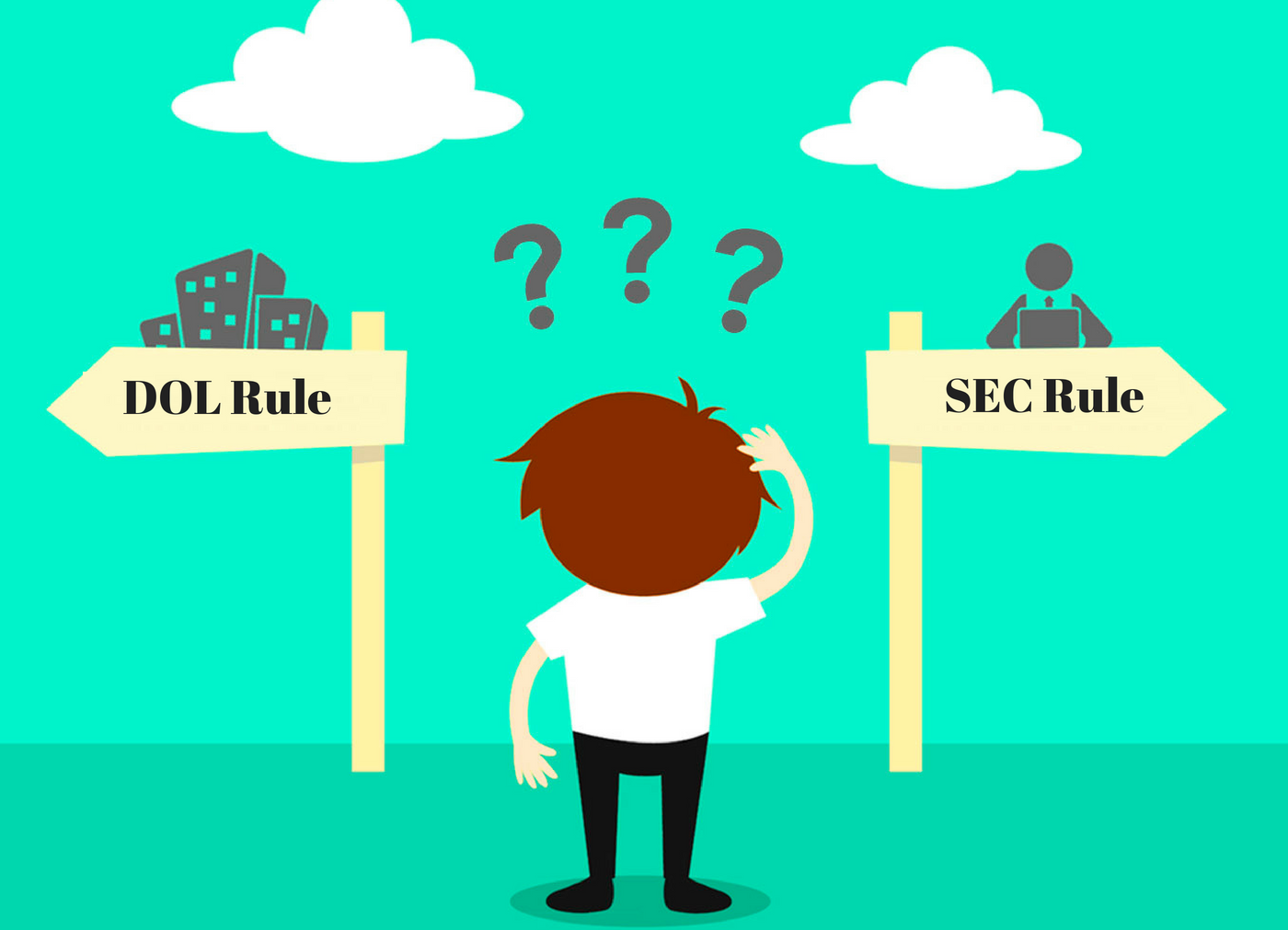
With the DOL’s Fiduciary Rule seemingly gone, what’s next on the block for fiduciary regulation? The Security and Exchange commission has been planning its own fiduciary rule and regulation rehaul as well. So now that the Federal Register has published the SEC’s proposed reform to investment advice policy, we have a better idea of what could be in store.
Let’s break down what the SEC is proposing for its own “fiduciary rule and interpretation”:
A main piece of what the SEC is released are some new rules when it comes to disclosing what an RIA or broker-dealer’s relationship really means to a client. The primary goal is to clarify to retail investors what kinds of relationships financial professionals may have with them. Broker-dealers will need to disclose a “relationship summary” to all potential clients that describes what kind of relationship they have with a client, the difference of a broker-dealer and investment adviser, a standard of conduct, as well as information on fees.[1] While the SEC is still deciding and taking suggestions on the best format to disclose this kind of relationship summary, it is clear that the importance of client education on what different relationships they have with financial professionals is a concept that is here to stay.
In addition to these new disclosure requirements, the SEC is also proposing new rules that will regulate who can refer or market themselves as a “financial adviser”. In their studies, it was found that many retail investors are very confused about the difference in responsibilities and the requirement of who had to act in their best interest that broker-dealers and investment advisers are held to. Much of this confusion seemed to stem from the way that broker-dealers may market themselves or use a title containing the word “adviser”. To alleviate confusion, the SEC is proposing to prohibit any broker-dealers from using this title unless they are, in fact, a registered investment adviser.[2] The SEC hopes that this rule will alleviate any confusion that a retail investor may have or misconceptions on who would serve them as a fiduciary.
Along with these proposed rules, the SEC is also making many clarifications about what the relationship of a fiduciary means and what RIAs with this relationship are responsible for. One piece of this puzzle that the SEC includes is that fiduciaries need to be responsible for keeping track of a client’s suitability. This doesn’t mean just keeping track of risk tolerance of a client, but also needing to “obtain a range of personal and financial information about the client, including current income, investments, assets and debts, marital status, insurance policies, and financial goals.”[3] This is certainly an important clarification made by the SEC in terms of what a fiduciary needs to do to make sure that a client’s full situation needs to be taken into account before giving any kind of investment advice. The need for documenting your process seems just as critical as ever since the DOL rule.
Along with this interpretation, the SEC affirms a lot of the practices already in place for fiduciaries, including the need to disclose conflicts of interest, fees, and maintain a best interest of care and conduct to clients. This affirmation and clarification of fiduciary duty really sends a message that we are still in a strong political trend where regulators and law-makers want to make it clear to retail investors what a fiduciary is and who isn’t a fiduciary. Even with the DOL rule gone, it really seems like this is an idea that isn’t going away. How will you document and prove that you are acting in a client’s best interest in our fiduciary era?
[1] https://www.federalregister.gov/d/2018-08583/p-142
[2] https://www.federalregister.gov/d/2018-08583/p-861
[3] https://www.federalregister.gov/d/2018-08679/p-60



Pingback : Top 5 Larkspur-Rixtrema Blog Posts for May 2018
Pingback : What are the latest views, opinions and outlooks on the end of the DOL Fiduciary Rule?
Pingback : Why Having Fiduciary Process In Place Is Important
Pingback : Post DOL Fiducairy Rule Effect on Investors
Pingback : DOL Rule Fiduciary 2.0: What's happened and What's coming?